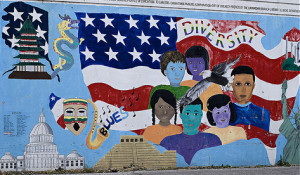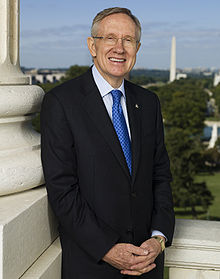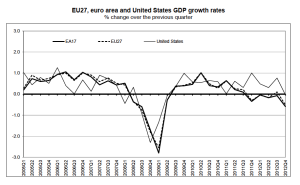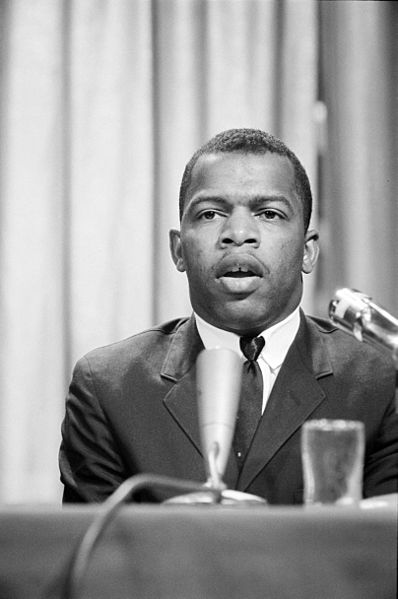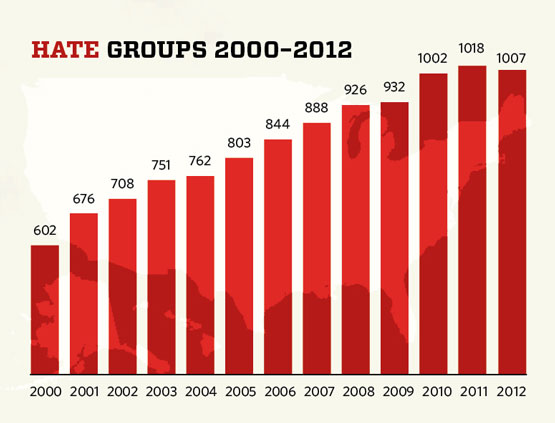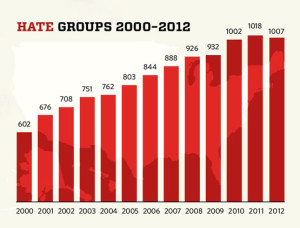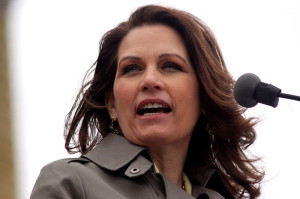
The evidence is in:
The prevalence of dangerous strains of the human papillomavirus — the most common sexually transmitted infection in the United States and a principal cause of cervical cancer — has dropped by half among teenage girls in the last decade, a striking measure of success for a vaccine that was introduced only in 2006, federal health officials said on Wednesday.
Now, we still aren’t getting enough girls and young women fully vaccinated. In the U.S., only about one-third of teenagers receive three doses, which represents a full course of the vaccine. By comparison, rates in many other countries — from wealthy nations like Britain and Denmark to poorer ones like Rwanda — are around 80 percent. Thomas Frieden, the director of the Centers for Disease Control and Prevention, estimates that 50,000 teenage girls alive today will die from cervical cancer that vaccination would have prevented if the U.S. had gotten to that 80 percent vaccination rate.
HPV vaccination in this country would be much more widespread if not for a determined opposition — one grounded in ideology rather than science. There is a broader antivaccine movement (championed by celebrities like Jenny McCarthy) that opposes the battery of childhood shots most of us grew up with, based on roundly discredited notions that vaccines cause autism. But in the case of the HPV vaccine, conservative politicians are leading the charge. They believe that giving teens the vaccine sends the message that sex at that age is okay, undermining their efforts to promote abstinence before marriage. And sadly, their campaign to win over the public seems to be working. According to a study in the journal Pediatrics, 44 percent of parents surveyed in 2010 stated they would not have their daughters vaccinated, up from 40 percent in 2008.
The hostility to science that animates some quarters of the anti-HPV movement became clear during the race for the Republican presidential nomination in 2012. After being attacked by Minnesota congresswoman Michele Bachmann, Texas governor Rick Perry backtracked from his previous support for making HPV vaccination mandatory. Bachmann claimed that the HPV vaccine causes mental retardation. When informed by Fox News’ Chris Wallace that studies show the vaccine to be safe, she hedged, saying she was only repeating a story told to her by a mother. But two months later, she continued to press her unsubstantiated claims, expressing sympathy for people who have to live with the “ravages of this vaccine.”
The evidence from the CDC is clear. This vaccine saves lives by the thousands — women and men. But ideology and unproven fears are preventing many more from getting immunized. My hope is that parents will take a hard look at the science and realize that any fears they have about teenage sex pale in comparison to the very real danger of their children dying from a disease that could have easily been prevented.
Ian Reifowitz Ian Reifowitz is the author of Obama’s America: A Transformative Vision of Our National Identity. Twitter: @IanReifowitz
- Follow us on Twitter: @inthefray
- Comment on stories or like us on Facebook
- Subscribe to our free email newsletter
- Send us your writing, photography, or artwork
- Republish our Creative Commons-licensed content

